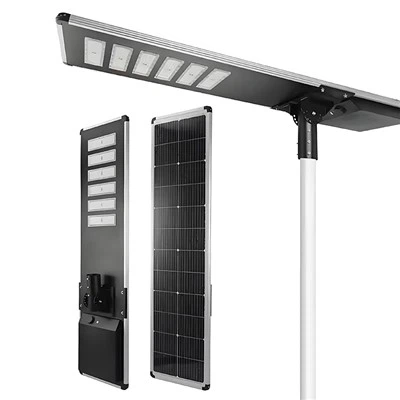(1) After the power failure, do not carry out timely operation or disposal of places that may cause explosion, fire and poisoning accidents, such as hydrogen production, paint production, chemical, petroleum, plastics, celluloid and its products production, explosives production and solvent production of certain operating parts.
(2) Places where failure to operate or dispose of valuable parts after power failure will cause chaos in the production process or damage to valuable parts processed by processing. Such as some processes in the chemical and petroleum industries, metallurgy, aerospace and other industries of steelmaking furnaces, metal melting and casting, heat treatment and some departments of precision processing workshops.
(3) Places where lighting extinction will cause greater political impact or serious economic losses. Such as important communication centers, radio stations, television stations, power plants and central substations, control centers, national and international conference centers, important hotels, international terminals, transportation hubs, important power supply stations (heating, gas, oil) and water supply facilities.
(4) Places where the lighting extinguished will hinder the conduct of fire rescue work. Such as fire control room, emergency generator room, broadcasting room and power distribution room.
(5) Important underground buildings will not be able to work and move due to the lighting extinguished. Such as subway stations, underground hospitals, large and medium-sized underground shopping malls, underground hotels, underground restaurants, underground garages and underground entertainment venues.
(6) Places where the lighting goes out and will cause cash and valuables to be stolen. Such as valuables sales areas, cash counters and bank cashiers in large and medium-sized shopping malls.






